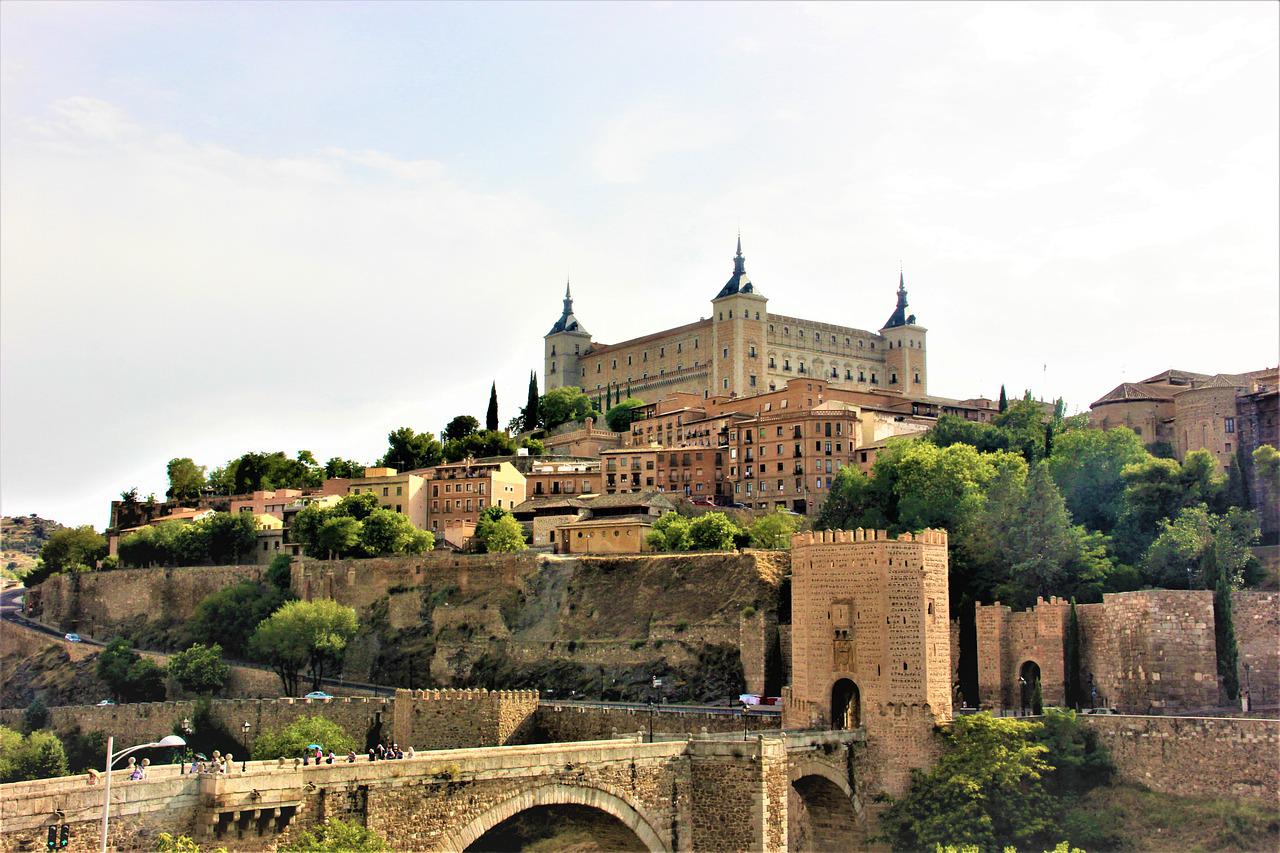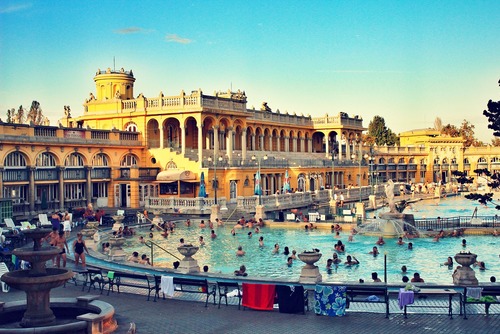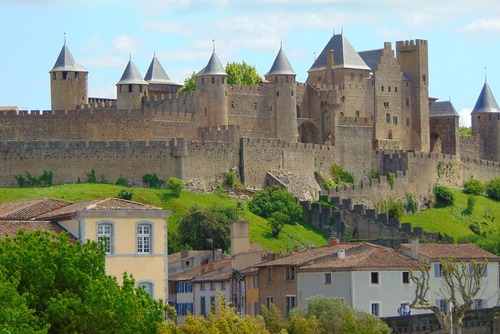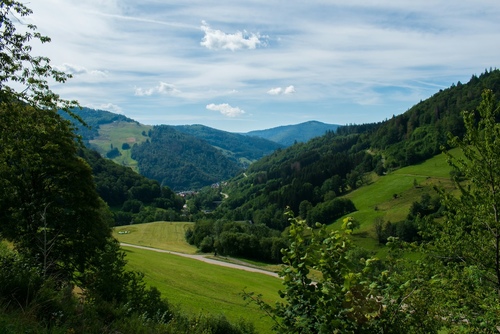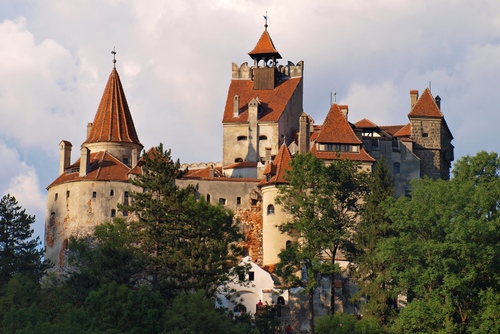With the fall of the Western Roman Empire, Europe entered the Middle Ages, also known as the medieval period.
Marked by successive waves of conquerors and rulers, each with their own cultural contribution, Spain’s medieval history is fascinating. We can still catch glimpses of this historical legacy in buildings that stand to this day.
Must-see Medieval Towns in Spain
Join us on this fascinating tour of the best medieval Spanish towns and villages that you really need to see.
1. Ávila
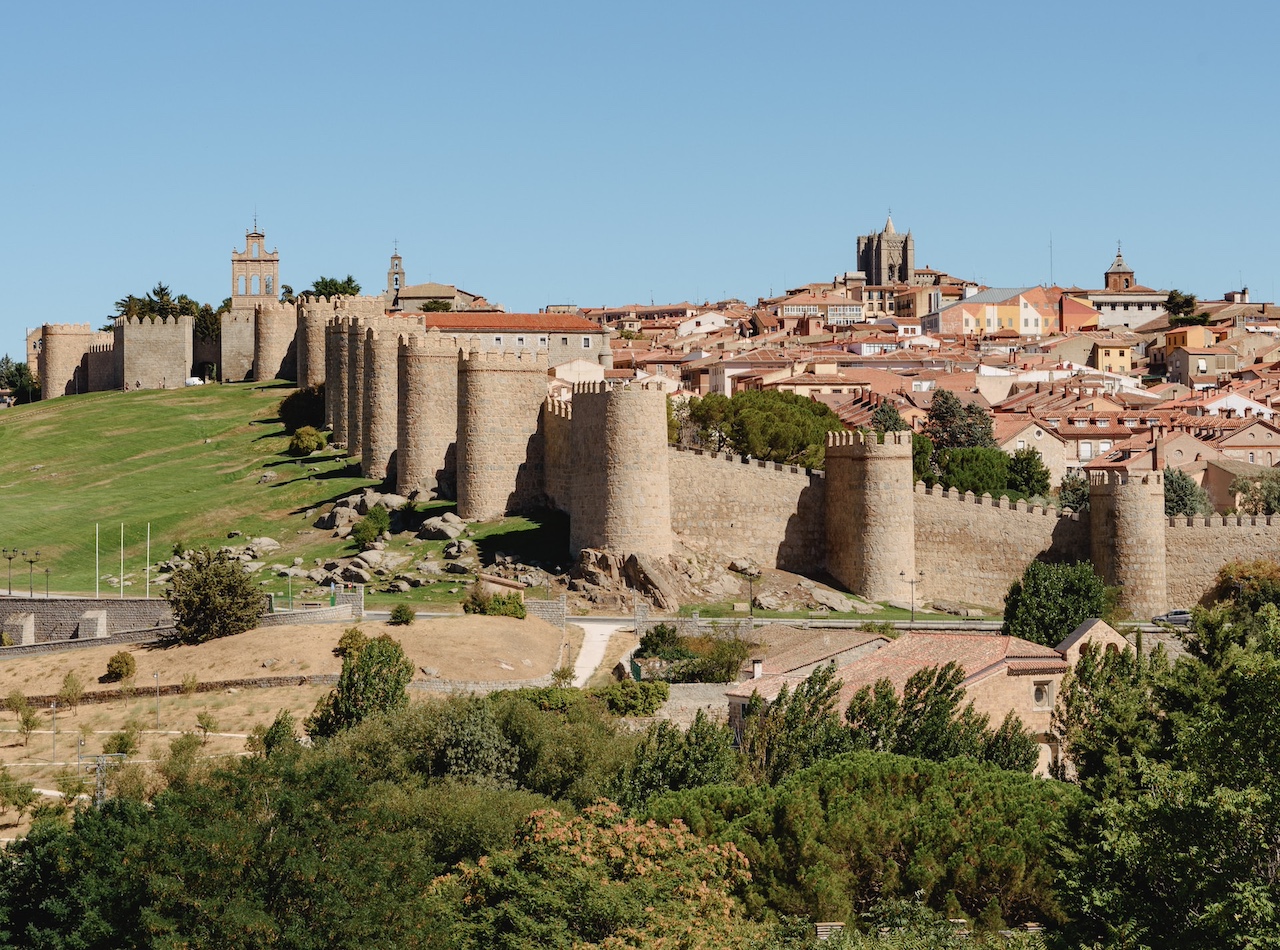
In central Spain, in the Autonomous Community of Castile and León, is the town of Ávila. This medieval town was established in the 11th century to defend the Spanish territories against the Moors. The brown granite city walls, erected in the year 1090, are dominated by more than 80 towers and 9 gateways.
The Gothic cathedral, built between the 12th and 14th centuries, was an integral part of the town’s defense. Looking more like a fortress than a cathedral, with its fortified walls and two solid towers, the cathedral hosts many great works of art.
This is just one example of the many medieval treasures in this town. Once you see these historical structures and the surrounding unspoiled scenery for yourself, we doubt you will ever want to leave. Many visitors to Spain are so enamored with the culture and the history, they decide to move to Spain.
2. Girona
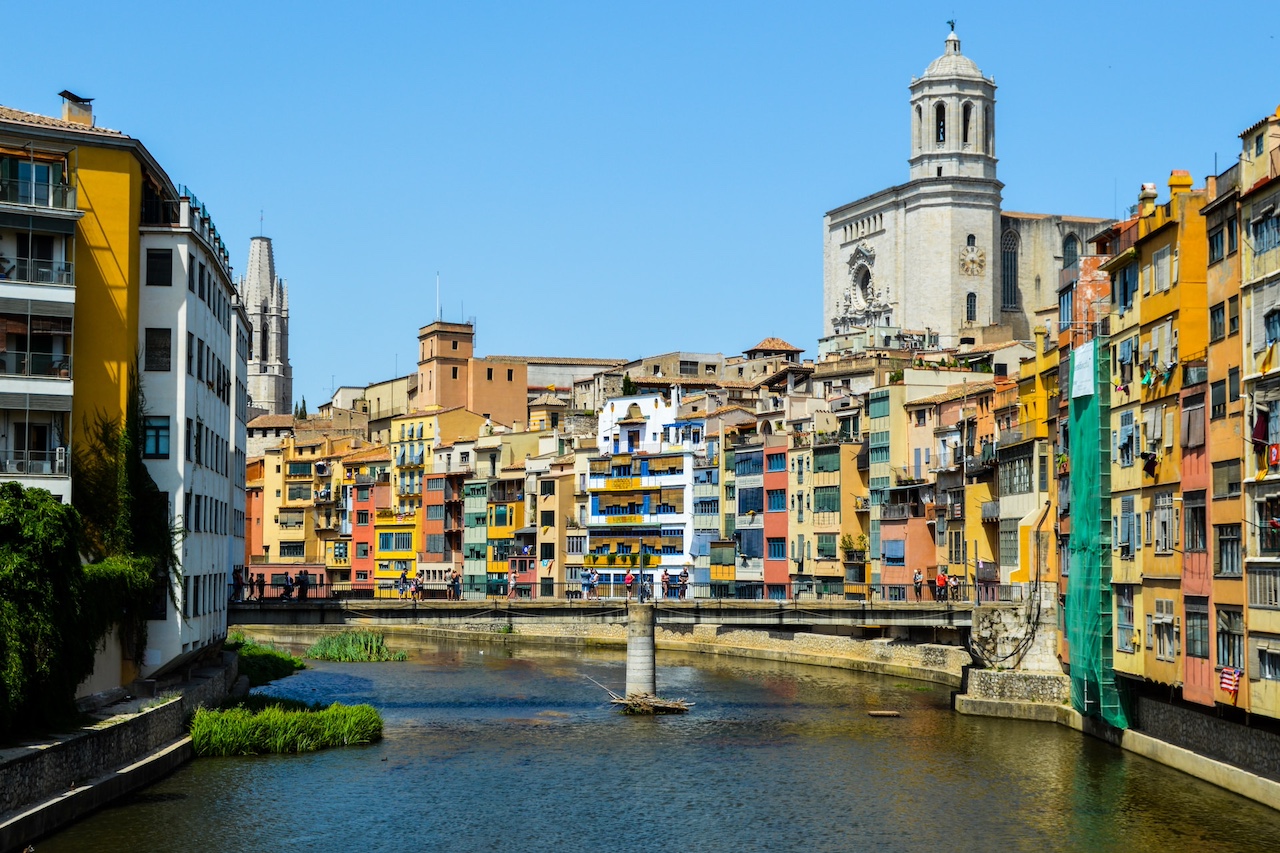
Girona is a town in the Spanish region of Northern Catalonia with a long and colorful history. The Iberians were the first inhabitants of Girona, and at the time of Roman occupation, a citadel named Gerunda was erected here.
Conquered by the Visigoths, then the Moors, followed by Charlemagne, it was then recaptured by the Moors and subjected to various changes of hands. It was declared the city of Girona by Alfonso I of Aragon in the 11th century and carries the name to this day.
Although Girona has suffered twenty-five sieges during its history, there are still remnants of this town’s medieval past. Like the cathedral in Ávila, the Basilica of Sant Feliu, one of the best representations of Gothic architecture in the city, contains beautifully preserved works of art.
Some European airlines fly direct to Girona, but you might also want to combine a trip with a visiting Barcelona which is just one hour away by road or rail.
3. Toledo
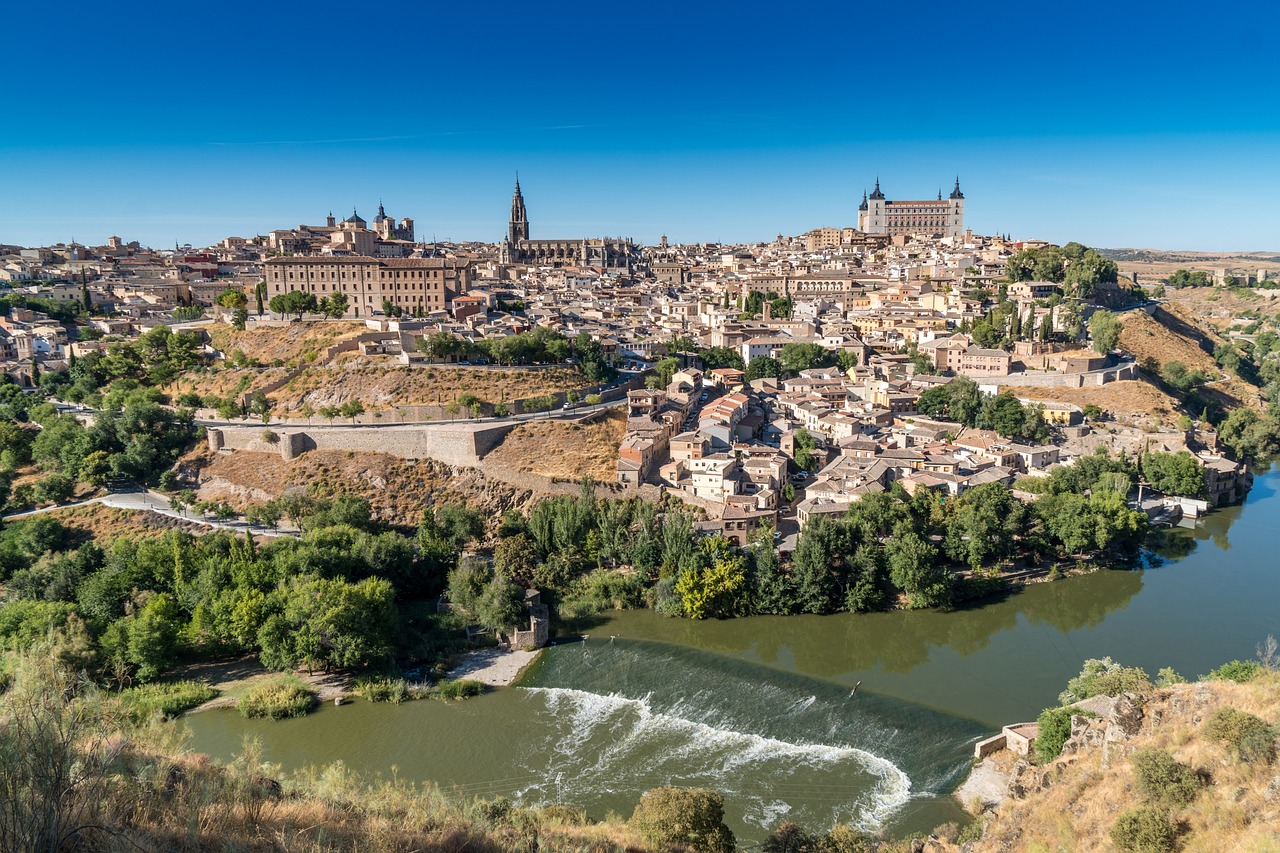
The architecture of Toledo tells the story of ages-old cultural influences from the diverse ethnic populations who called it home. One of the highlights is The Synagogue Santa Maria la Blanca, now a museum. Toledo was a medieval melting pot of Christians, Muslims, and Jews.
This synagogue was proof of their harmonious coexistence. Designed by Islamic architects for Jewish use under the authority of the Christian Kingdom of Castile, what better testament to peaceful collaboration amidst diversity can be found in Europe?
It was later reassigned for use as a church and got its name from a Christian saint, but no changes were made to the integrity of this structure. Even today, many people love restoring Spain’s beautiful medieval buildings and villas for modern use.
4. Mutriku
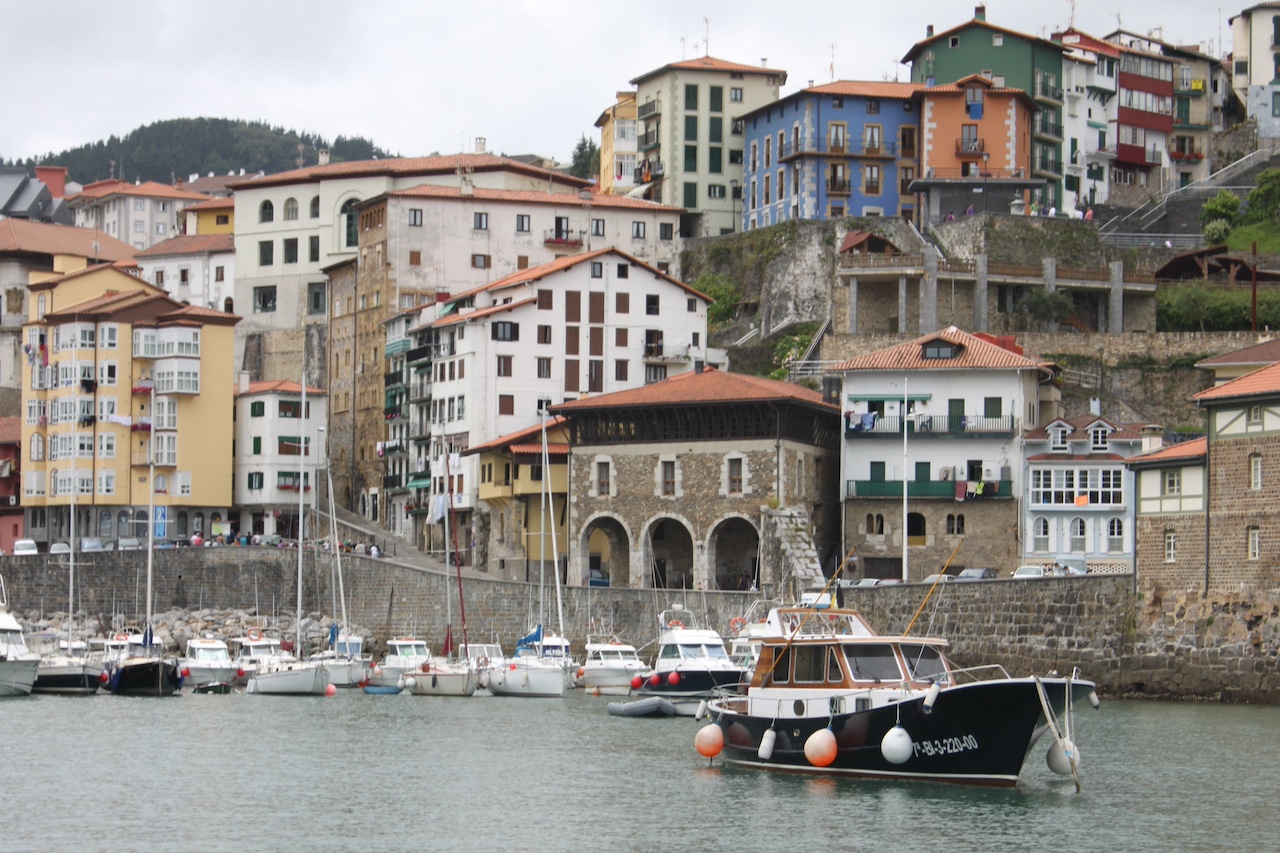
This medieval town in Spain’s Basque Country dates back to the 13th century. Castilian King Alfonso VIII granted the town charter in 1209 and gave the residents the right to build a defensive wall, remnants of which are still visible today.
With the help of a boat rental, you can explore everything there is to Mutriku. You can begin by embarking on a boat from the harbor and then discovering the outskirts of this beautiful coastal town. You’ll enjoy the clean fresh air and tranquility while seeing the town from a different perspective, just as ancient seafarers did in times gone by.
When you go ashore, you’ll find a narrow street lined with fascinating medieval architecture. Make your way to the town’s Old Quarter, and there opposite the town hall, you will find the Galdona Palace, as well as the cathedral Nuestra Señora de la Asunción.
The Old Quarter was declared a Historical Heritage Site in 1995 and is a remarkably well-preserved legacy of Spain’s medieval past.
5. Frias
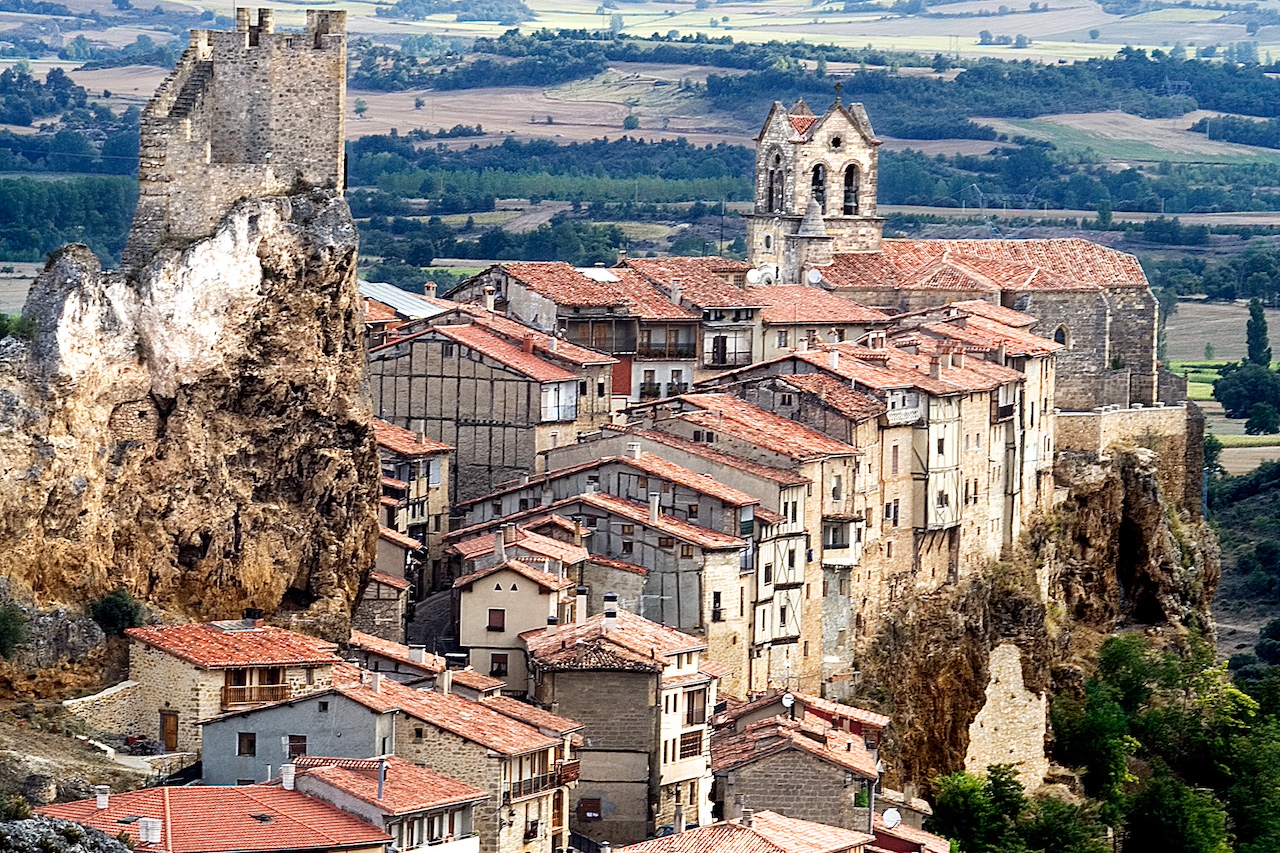
Frias is yet another medieval town in Castile and León. Situated on a hilltop overlooking the river Ebro, it dominates the landscape with a magnificent castle and a 12th-century bridge. Amongst the two convents and two churches in this town, the gothic church of San Vitores is well worth a visit.
It has a very small population, and English is not widely spoken here. So before heading to Spain to see these awesome medieval structures for yourself, you should probably brush up on your Spanish-speaking skills.
If you do not speak the language, this is the perfect reason and time to learn how to speak Spanish. You’ll not only find it useful while traveling through Spain but in many other territories and countries too. Spanish is the fourth widest spoken language in the world, after all.
Plan a Historical Trip to Spain
Although Spain is generally more thought of as a summer beach holiday destination there are so many destinations for all interests which are perfect to visit all year round. Hopefully our list has given you some ideas for beautiful old medieval towns, villages and cities to visit in Spain, now go explore for yourself!
If you are looking to explore more of Spain view our guide to where to go in Andalusia. Also if you are planning a trip for the first time view some important things to know before visiting Spain.
Have you been to any of these towns? Or would you like to recommend somewhere else? Let us know below.

